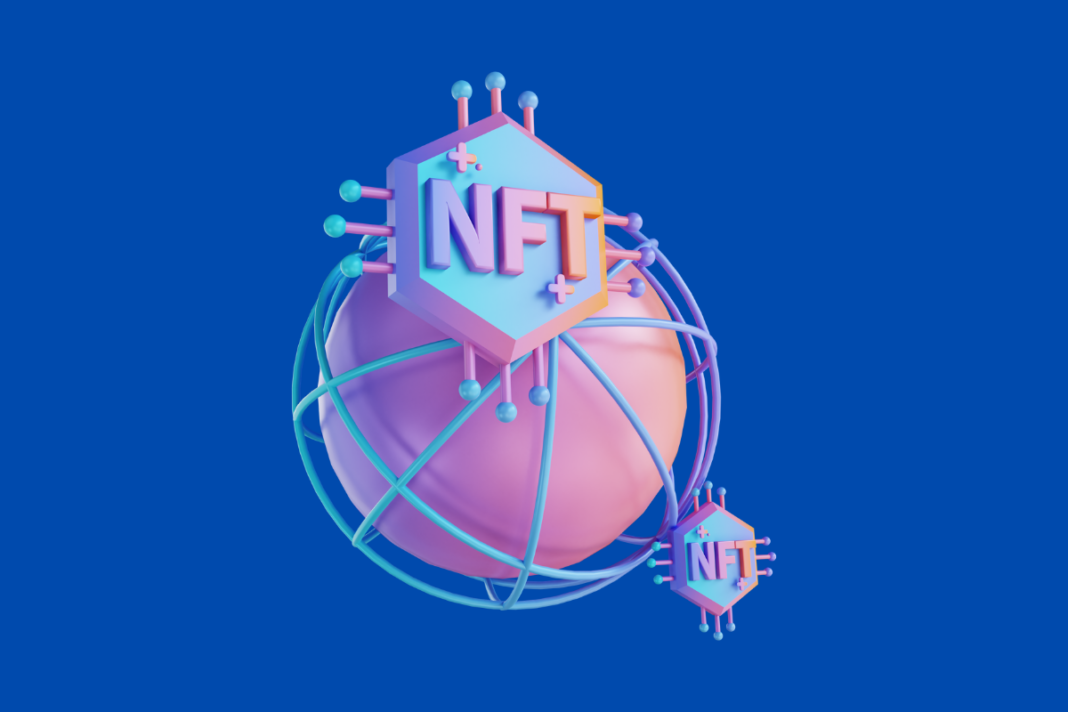One of the areas where NFTs are most widely used is digital art. Many creators turn their works into NFTs to prove their uniqueness and sell them on NFT marketplaces. 3D NFTs are also one of the genres preferred by creators.
If you’re interested in creating 3D NFTs, but you’re not quite sure where to start, this beginner’s guide is for you. Here, we’ll cover the basics of 3D modeling and NFT creation, as well as the tools and software you’ll need to get started. We’ll also walk you through the process of creating your 3D model, exporting it for NFT creation, and selling your NFT on popular marketplaces.
What are 3D NFTs?
Let us now delve into the intricacies of 3D NFTs. Before we proceed, it is important to establish a comprehensive understanding of their fundamental nature. Non-fungible tokens (NFTs) serve as digital representations of ownership, specifically designed to denote the exclusivity of a singular item, be it a magnificent artwork or a highly coveted collectible. However, within the expansive realm of digital assets, a remarkable category known as 3D NFTs reigns supreme, introducing an elevated dimension to the realm of digital artistry.
These extraordinary creations embody intricate three-dimensional models or sculptures, effectively transforming the virtual landscape into an immersive gallery, rich with captivating visual experiences. As the fusion of art and technology continues to captivate the masses, 3D NFTs have emerged as an innovative medium, empowering artists not only to showcase their talents but also to unlock unparalleled avenues for monetization.
How to Create 3D NFTs?
To make a 3D NFT, you’ll have to begin with a 3D model. 3D demonstrating is the method involved with making a three-layered portrayal of an item utilizing specific programming. When you have your 3D model, you can send out it in a configuration that is viable with NFT marketplaces.
Necessary Tools and Software
To create a 3D model, you’ll need 3D modeling software. There are many different options available, but some popular ones for beginners include Blender, SketchUp, and Tinkercad. You’ll also need a computer with a decent amount of processing power and a graphics card capable of handling 3D rendering.
Making Your 3D Model
When you have your product and equipment set up, now is the right time to begin making your 3D model. The specific cycle will rely upon the product you’re utilizing, yet by and large, you’ll begin by making an essential shape and afterward adding more detail and surface. It’s essential to remember the impediments of the NFT commercial centers you intend to sell your NFT on, as they might have explicit size and configuration prerequisites.
Exporting Your Model
Once you have your 3D model complete, you’ll need to export it in a format that is compatible with NFT marketplaces. The most common formats are OBJ and GLTF. You may also need to resize and optimize your model to meet the requirements of the marketplace.
Creating Your NFT
Once you have your 3D model exported, it’s time to create your NFT. This involves minting the NFT on a blockchain, which creates a unique record of ownership. There are several popular marketplaces for selling NFTs, including OpenSea, Rarible, and SuperRare. Each marketplace has its own process for creating and selling NFTs, so be sure to familiarize yourself with the requirements and fees before getting started.
Enhancing the Power of 3D NFTs with Augmented Reality
Augmented Reality (AR) is revolutionizing the world of Non-Fungible Tokens (NFTs) by enhancing the power of 3D NFTs in exciting ways. Through AR, collectors can experience immersive visualization of 3D NFTs, exploring them from various angles and interacting with virtual objects. Virtual exhibitions and galleries enable artists to showcase their NFTs globally, while AR-based games and applications integrate 3D NFTs into immersive virtual environments, providing unique gameplay experiences.
AR also adds interactive elements to 3D NFTs, allowing users to trigger animations and effects or personalize the objects. Moreover, AR fosters social sharing and collaboration, enabling users to share their AR experiences, view NFT artworks together, and engage with a global community. The combination of AR and 3D NFTs opens up new horizons for digital art, blurring the boundaries between the physical and virtual worlds and creating captivating and transformative experiences for NFT enthusiasts worldwide.
Conclusion
Creating 3D NFTs is a great way for artists to monetize their work and engage with the growing NFT community. By following the steps outlined in this guide and keeping best practices in mind, you can create and sell your own 3D NFTs with confidence.
You can follow us on Twitter, Instagram, YouTube and LinkedIn to stay up to date with the latest. You can send us your questions and comments on the Telegram channel.


